7 technology to make electricity

What is Electricity
Electricity is a form of energy resulting from the existence of charged particles (such as electrons or protons), either statically as an accumulation of charge or dynamically as a current. It is a fundamental force of nature and is responsible for a wide range of phenomena, from lighting up our homes to powering electronic devices and enabling communication systems.
At its core, electricity involves the movement of electrons, which are negatively charged particles that orbit the nucleus of atoms. When these electrons move from one atom to another, an electric current is created. This movement can occur in various ways, such as through the flow of electrons in a conductor like a metal wire or through ionized gases, as seen in fluorescent lights or lightning.
There are two main types of electricity:
- Static Electricity: This type of electricity involves the buildup of electric charge on the surface of an object. It’s often seen when certain materials are rubbed together, causing an exchange of electrons and resulting in an imbalance of charge. Static electricity can lead to phenomena like sparks, lightning, and the attraction or repulsion of objects.
- Current Electricity: Current electricity refers to the continuous flow of electric charge through a conductor. This is the type of electricity that powers our homes, industries, and electronic devices. The flow of electric current can be controlled and directed to perform useful work.
Electricity plays a vital role in modern life and technology. It’s used in various applications, including:
- Power Generation: Electricity is generated at power plants using various methods, such as burning fossil fuels, harnessing renewable sources like wind and solar energy, or through nuclear reactions.
- Power Transmission: Once generated, electricity is transmitted over long distances using power lines and transformers to reduce energy losses.
- Household Use: Electricity powers our homes for lighting, heating, cooling, cooking, and operating appliances and electronics.
- Industrial Processes: Many industries rely on electricity for manufacturing processes, machinery operation, and more.
- Communication: Electricity enables communication through devices like phones, computers, radios, and television.
- Transportation: Electric vehicles use electricity to power their engines, reducing reliance on fossil fuels and decreasing emissions.
The study of electricity falls under the field of physics and has led to the development of complex theories, models, and technologies to understand and manipulate this fundamental force. From the discovery of the laws of electromagnetism by scientists like Michael Faraday and James Clerk Maxwell to the invention of electric generators, transformers, and electronic components, electricity has revolutionized the way we live and interact with the world around us.
Table of Contents
7 Innovative Technologies to Generate Electricity: Exploring the Pros and Cons
In today’s world, electricity is the lifeblood of modern civilization, powering everything from homes and businesses to transportation and communication systems. As concerns about climate change and dwindling fossil fuel resources continue to grow, there is an increasing demand for innovative and sustainable technologies to generate electricity. In this article, we will delve into seven cutting-edge technologies that have the potential to revolutionize the way we produce power, examining the intricacies of each method along with their respective advantages and drawbacks.
1. Solar Power: 7 technology to make electricity
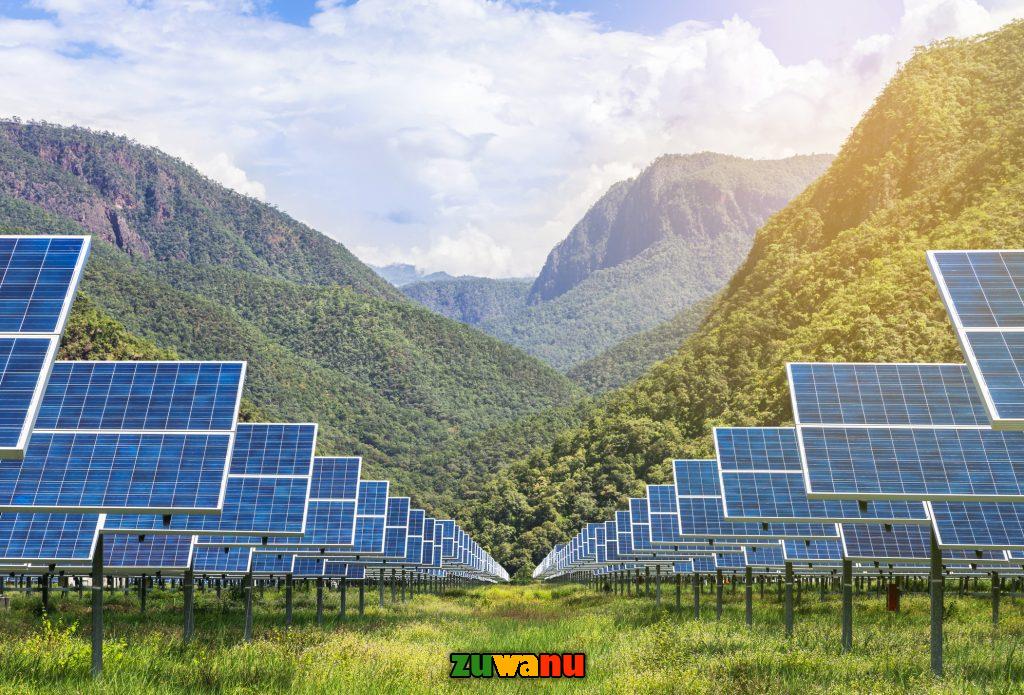
Solar power is perhaps one of the most recognizable renewable energy sources. It harnesses the energy emitted by the sun and converts it into electricity using photovoltaic (PV) cells. These cells are typically made from silicon and work by capturing photons from sunlight, which then generate an electric current.
Pros:
- Renewable: Solar energy is virtually limitless as long as the sun shines, making it an inexhaustible resource.
- Environmentally Friendly: Solar power generates minimal pollution and greenhouse gas emissions, contributing to reduced carbon footprints.
- Low Operating Costs: Once installed, solar panels require little maintenance and have low operating costs.
- Off-Grid Potential: Solar power can be used to generate electricity in remote areas that are not connected to the grid.
Cons:
- Intermittency: Solar power generation is dependent on sunlight, making it inconsistent during cloudy or nighttime conditions.
- High Initial Costs: The installation of solar panels can be expensive, including the cost of equipment and setup.
- Space Requirements: Large-scale solar farms require significant land area, potentially conflicting with agriculture or other land uses.
- Energy Storage Challenges: Effective energy storage solutions are necessary to provide power during non-sunlight hours.
2. Wind Power: 7 technology to make electricity
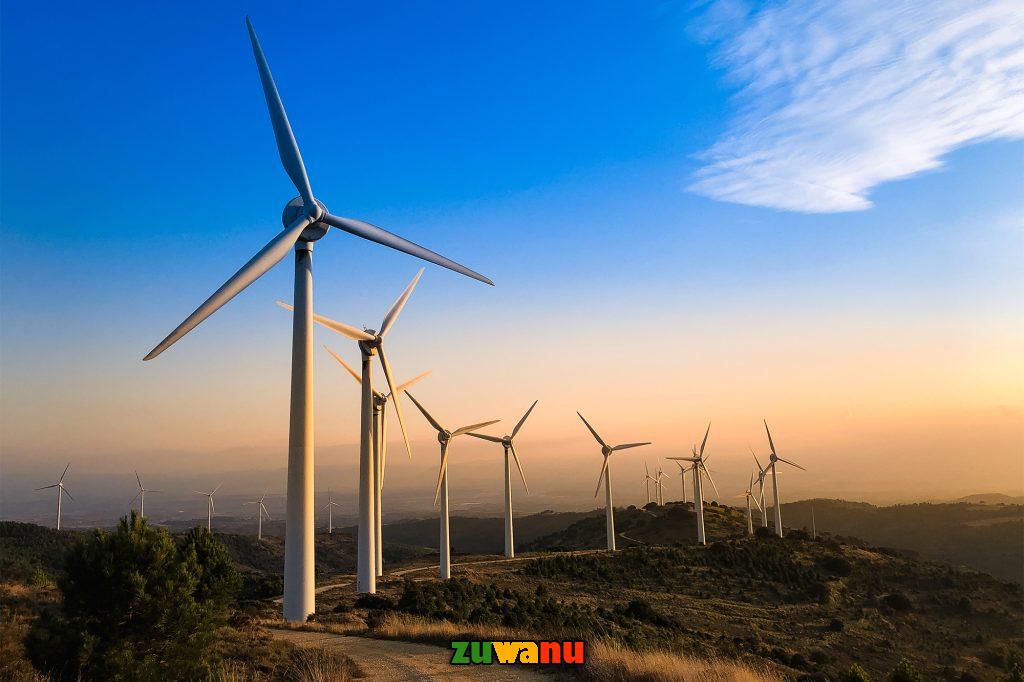
Wind power involves the conversion of wind energy into electricity through wind turbines. As the wind blows, it drives the blades of the turbine, which in turn spins a generator to produce electricity.
Pros:
- Clean Energy: Wind power generates no direct emissions or pollutants during operation.
- Scalability: Wind farms can range from small installations to large-scale facilities, providing versatility in implementation.
- Rapid Deployment: Wind turbines can be erected relatively quickly compared to other energy infrastructure projects.
- Job Creation: The development, construction, and maintenance of wind farms create job opportunities.
Cons:
- Intermittent: Like solar power, wind power generation depends on weather conditions, leading to intermittency issues.
- Visual and Noise Impact: Large wind turbines can be considered visually intrusive and produce noise, potentially causing concerns for nearby communities.
- Bird and Bat Collisions: Wind turbines can pose a threat to bird and bat populations if located in migration paths or habitats.
- Land Use: Wind farms require significant land area, which might compete with other land uses.
3. Hydroelectric Power: 7 technology to make electricity
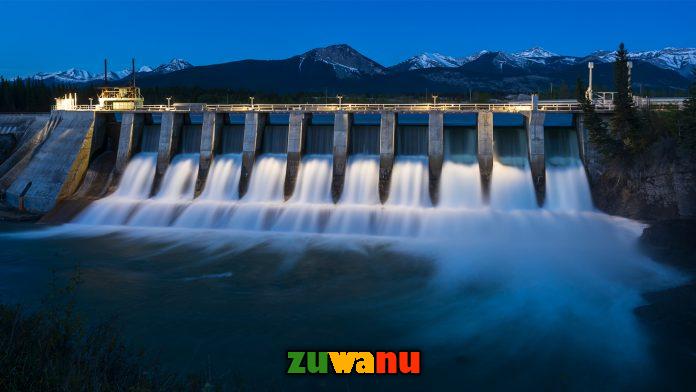
Hydroelectric power harnesses the energy of flowing water to generate electricity. It involves constructing dams or other structures to create a controlled flow of water that drives turbines connected to generators.
Pros:
- Reliable: Hydroelectric power is relatively consistent and can provide a steady source of electricity.
- Low Operating Costs: Once infrastructure is in place, operational costs are typically low.
- Storage Capability: Some hydroelectric systems can store water for later use, providing a degree of energy storage.
Cons:
- Environmental Impact: The construction of dams can disrupt ecosystems, alter watercourses, and impact fish populations.
- Limited Locations: Not all regions have suitable topography and water resources for efficient hydroelectric power generation.
- Upfront Costs: Building dams and associated infrastructure can be capital-intensive.
- Siltation: Over time, reservoirs can accumulate sediment, reducing their capacity and efficiency.
4. Geothermal Power
Geothermal power taps into the Earth’s internal heat by using steam or hot water from beneath the Earth’s surface to drive turbines and generate electricity.
Pros:
- Steady Output: Geothermal power is relatively consistent and not affected by weather conditions.
- Low Emissions: Geothermal power generation produces low emissions and pollutants.
- Small Footprint: Geothermal plants have a smaller land footprint compared to other renewable sources.
- Base Load Power: It can provide a reliable base load power supply, suitable for continuous energy demand.
Cons:
- Location Specific: Geothermal power generation is viable only in areas with accessible geothermal reservoirs.
- Resource Depletion: Over time, geothermal reservoirs can be depleted, necessitating careful resource management.
- High Initial Costs: Drilling and building geothermal plants can be expensive.
- Water Usage: Some geothermal power plants require significant amounts of water, which could raise concerns in water-scarce regions.
5. Tidal and Wave Power
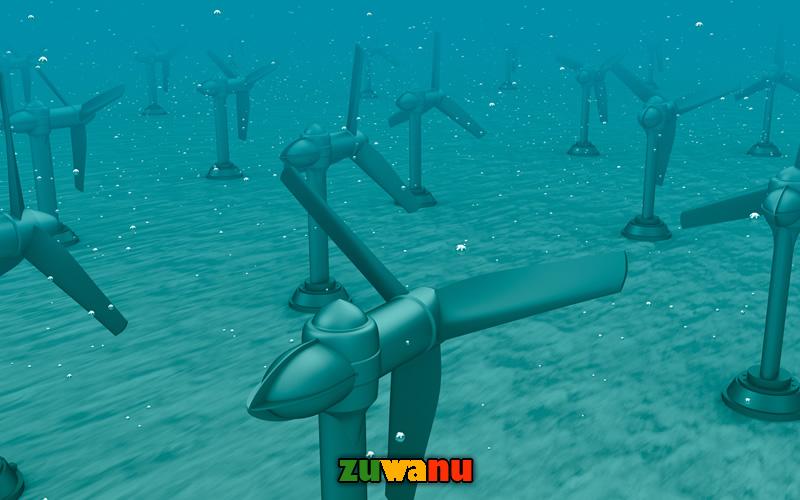
Tidal and wave power technologies harness the energy from ocean tides and waves to generate electricity. Tidal power involves capturing the energy from rising and falling tides, while wave power captures the energy from the motion of waves.
Pros:
- Predictable: Tidal power is highly predictable, as tides follow a well-established pattern.
- Consistent: Both tidal and wave power can provide a consistent source of energy compared to solar and wind power.
- Low Environmental Impact: Tidal and wave power systems typically have low environmental impacts once installed.
- Energy Dense: Ocean energy is more energy-dense than wind or solar energy.
Cons:
- Limited Locations: Tidal and wave power generation is viable only in areas with strong tidal or wave patterns.
- Infrastructure Challenges: Building and maintaining infrastructure in harsh marine environments can be challenging.
- High Costs: The development and installation of tidal and wave power systems can be expensive.
- Environmental Impact: While lower than some conventional power sources, there can still be environmental impacts due to altering coastal ecosystems.
6. Nuclear Power
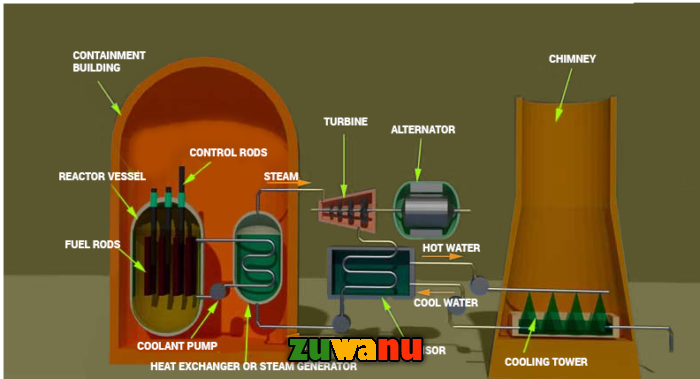
Nuclear power involves the process of nuclear fission, where the nucleus of an atom is split, releasing a large amount of energy in the form of heat. This heat is then used to produce steam, which drives turbines and generates electricity.
Pros:
- High Energy Density: Nuclear power has a high energy output relative to the fuel used.
- Low Carbon Emissions: Nuclear power generates minimal greenhouse gas emissions during operation.
- Base Load Power: Nuclear power can provide a continuous and reliable base load power supply.
- Energy Security: Nuclear fuel sources are more stable and geopolitically secure compared to fossil fuels.
Cons:
- Radioactive Waste: The storage and management of radioactive waste present long-term challenges and potential risks.
- Safety Concerns: Accidents like Chernobyl and Fukushima have highlighted the potential catastrophic consequences of nuclear accidents.
- High Initial Costs: Building nuclear power plants requires substantial capital investment.
- Proliferation Risks: The spread of nuclear technology raises concerns about nuclear weapons proliferation.
7. Biomass Power

Biomass power involves the combustion or conversion of organic materials, such as wood, agricultural residues, and even algae, to generate heat and electricity.
Pros:
- Renewable: Biomass is derived from organic sources that can be regrown, making it a renewable resource.
- Waste Utilization: Biomass power can utilize agricultural and forestry waste, reducing disposal issues.
- Carbon Neutral: Biomass power generation is considered carbon neutral, as the carbon released during combustion is roughly equivalent to the carbon absorbed during growth.
- Base Load or On-Demand: Biomass can be used for both base load and on-demand power generation.
Cons:
- Emission Concerns: Biomass combustion can release pollutants and particulates into the air, affecting air quality.
- Land Use Competition: Biomass cultivation can compete with food crops and natural habitats for land.
- Resource Availability: The sustainable supply of biomass resources requires careful management to avoid depletion.
- Efficiency Challenges: Biomass power generation efficiency can be lower compared to other technologies.
Conclusion.
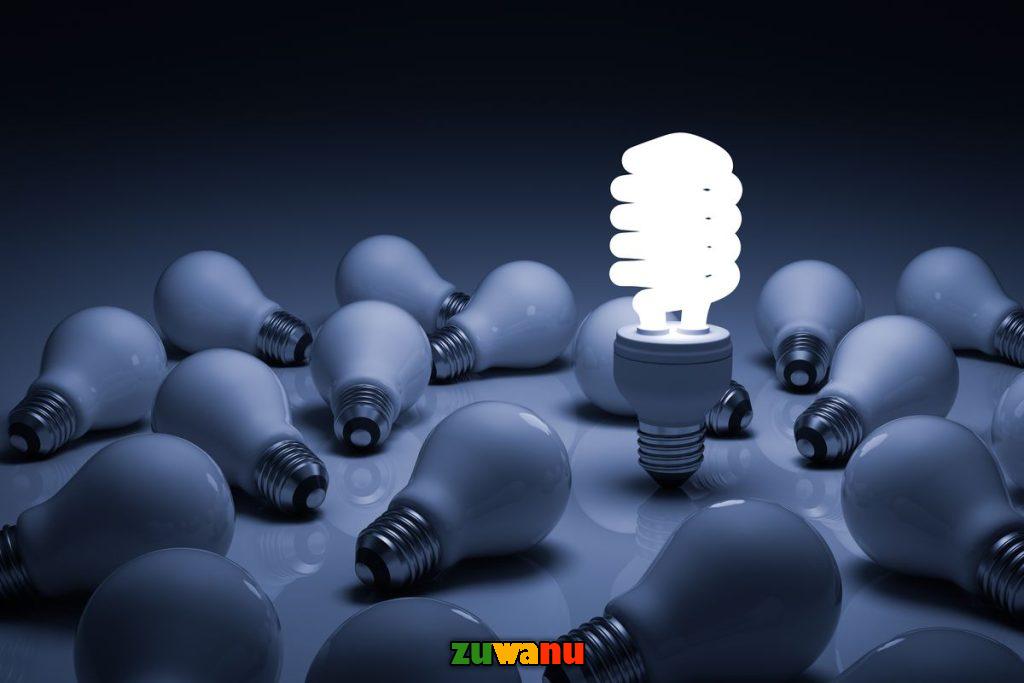
The quest for innovative technologies to generate electricity is driven by the need for sustainable, reliable, and low-carbon energy sources. Each of the discussed technologies – solar, wind, hydroelectric, geothermal, tidal and wave, nuclear, and biomass power – offers its own set of advantages and challenges. While renewable sources like solar and wind offer clean and abundant energy, they face intermittency issues. Hydroelectric and geothermal power provide reliable sources, but their deployment is constrained by specific geographic conditions. Ocean energy has potential but requires advanced infrastructure and faces location limitations. Nuclear power offers high energy density but carries safety and waste management concerns. Biomass power is versatile but requires careful resource management.
The path forward involves a mix of these technologies, tailored to the unique energy needs and resources of each region. As technology advances and research continues, it’s likely that these methods will become even more efficient, accessible, and integrated into our energy landscape. Ultimately, the transformation of our energy generation methods holds the key to a more sustainable and greener future.
